Product Management News
Medium
195
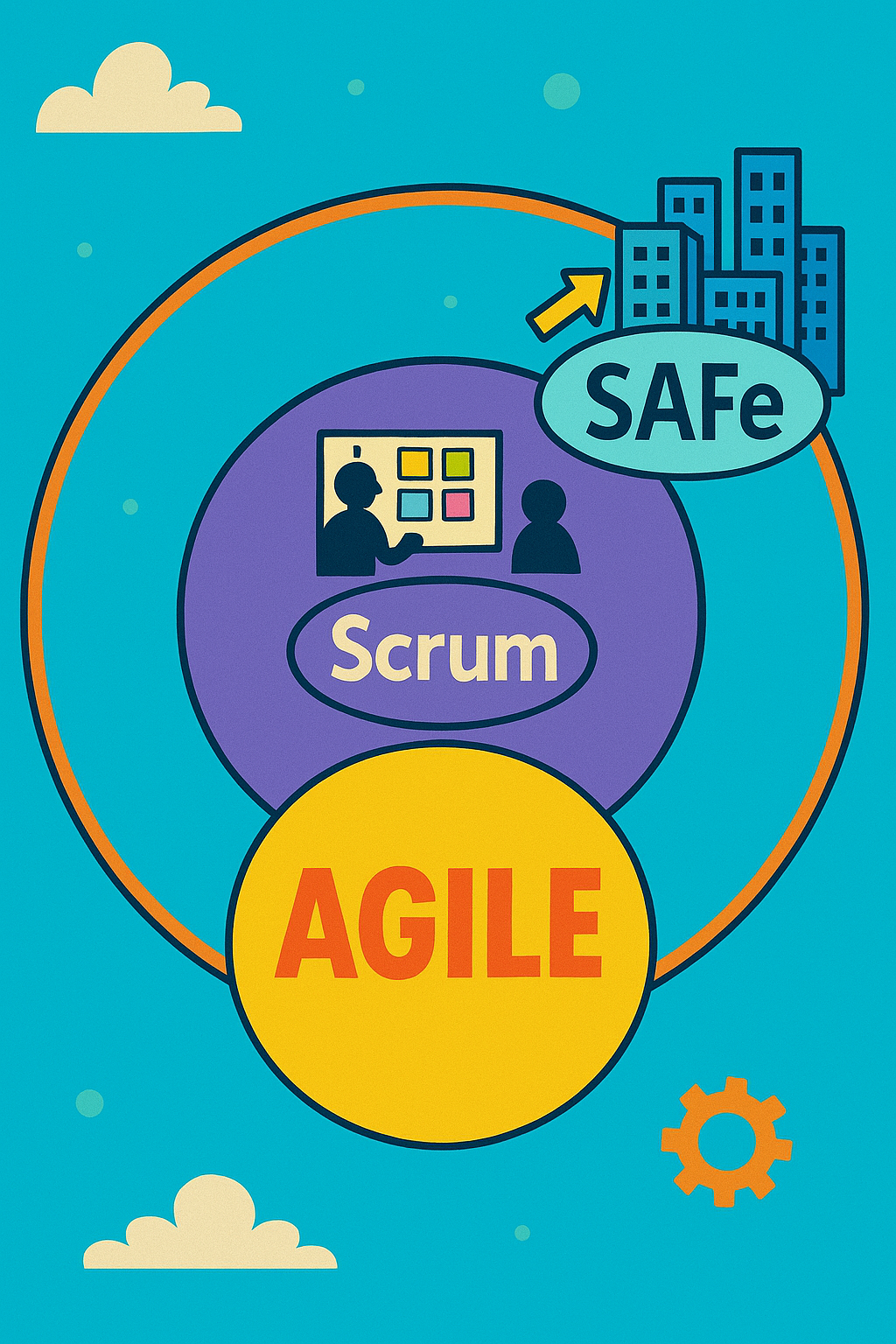
Image Credit: Medium
My Digital Transformation toolkit: Agile
- Agile is not a methodology but a set of values and principles emphasizing learning, quick feedback, and iterations.
- Agile is crucial in digital transformation for gathering feedback fast, iterating quickly, and continuously learning.
- Scrum, within Agile, helps in breaking work into manageable parts, providing structure, roles, and effective planning.
- SAFe is used to scale Agile across departments, align delivery with business strategy, boost transparency, and enable faster complex solutions.
Read Full Article
11 Likes
Medium
106

Image Credit: Medium
How to protect UX integrity and brand ethics while managing ROI-driven stakeholders
- Balancing UX integrity and brand ethics with ROI-driven stakeholders poses significant challenges.
- Misunderstanding of UX value can lead to prioritizing immediate financial gains over long-term benefits.
- Effectively communicating UX's impact on business performance and engaging stakeholders is crucial.
- Prioritizing features, maintaining UX integrity, and promoting brand ethics are key strategies.
Read Full Article
6 Likes
Medium
241

Image Credit: Medium
Your Product’s UI Isn’t the Problem — It’s Your UX System That’s Killing Growth
- Many early-stage products struggle to retain users despite having polished UI and smooth onboarding.
- The root cause is often attributed to the UX system failing to engage users effectively.
- A product designer and UX strategist conducted 19 product teardowns and developed kits to help founders diagnose and address common UX failures.
- The kits include a UX Teardown Report to analyze user flow and a Strategic UX Audit Framework focused on improving key aspects like onboarding, momentum, and monetization.
Read Full Article
14 Likes
Medium
339

From Launchpad to Shutdown: The Short Flight of Airplane.dev
- Airplane.dev was created to cater to developers during the remote work shift.
- Instead of visual builders, Airplane worked natively inside developers' IDEs.
- Despite initial success, Airplane faced market shifts and challenges leading to shutdown.
- The failure highlights the need to resonate broadly and evolve with market demands.
Read Full Article
20 Likes
Discover more
- Programming News
- Software News
- Web Design
- Devops News
- Open Source News
- Databases
- Cloud News
- Operating Systems News
- Agile Methodology News
- Computer Engineering
- Startup News
- Cryptocurrency News
- Technology News
- Blockchain News
- Data Science News
- AR News
- Apple News
- Cyber Security News
- Leadership News
- Gaming News
- Automobiles News
Medium
390
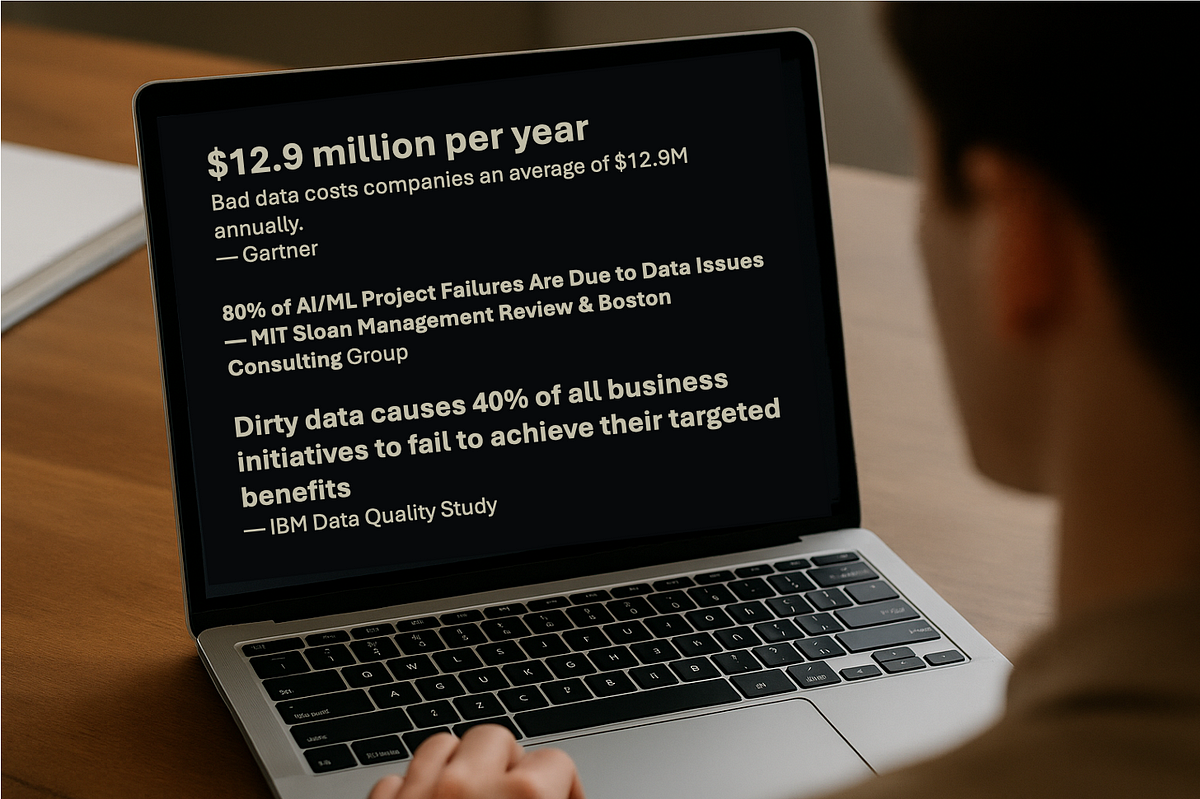
Image Credit: Medium
Your Product Didn’t Fail — Your Data Did
- A new onboarding experience was launched but showed no improvement in engagement and conversion rates due to broken event tracking.
- Bad data can mislead decisions even when it appears legitimate, leading to inaccurate conclusions and potential feature failures.
- Real-world scenarios demonstrate how misinterpreted data can almost lead to discarding successful features or misjudging user behaviors.
- Having clean and accurate data is crucial for effective decision-making in product development, highlighting the importance of data integrity for product success.
Read Full Article
23 Likes
Medium
38
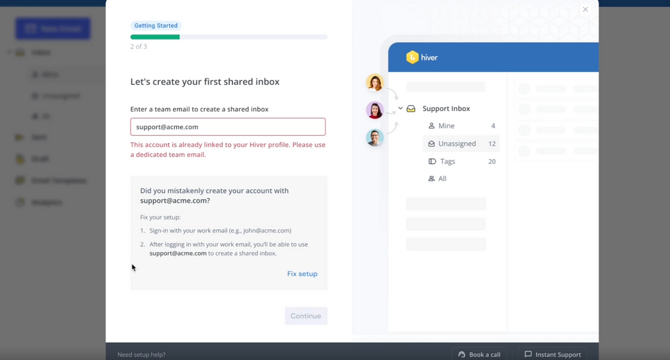
Image Credit: Medium
How we found 3 leaks in our onboarding funnel (and what happened next)
- Setting up the right instrumentation was the first step to track user behavior and identify onboarding funnel leaks.
- By analyzing data and user feedback, 3 major friction points were identified in the onboarding process.
- Implemented fixes like allowing users to change their login email, providing temporary access during permission updates, and using login hints led to significant improvements in setup completion rates.
- These small changes collectively reduced friction, improved the first-time experience, and showcased the importance of addressing onboarding issues early on.
Read Full Article
2 Likes
Medium
72
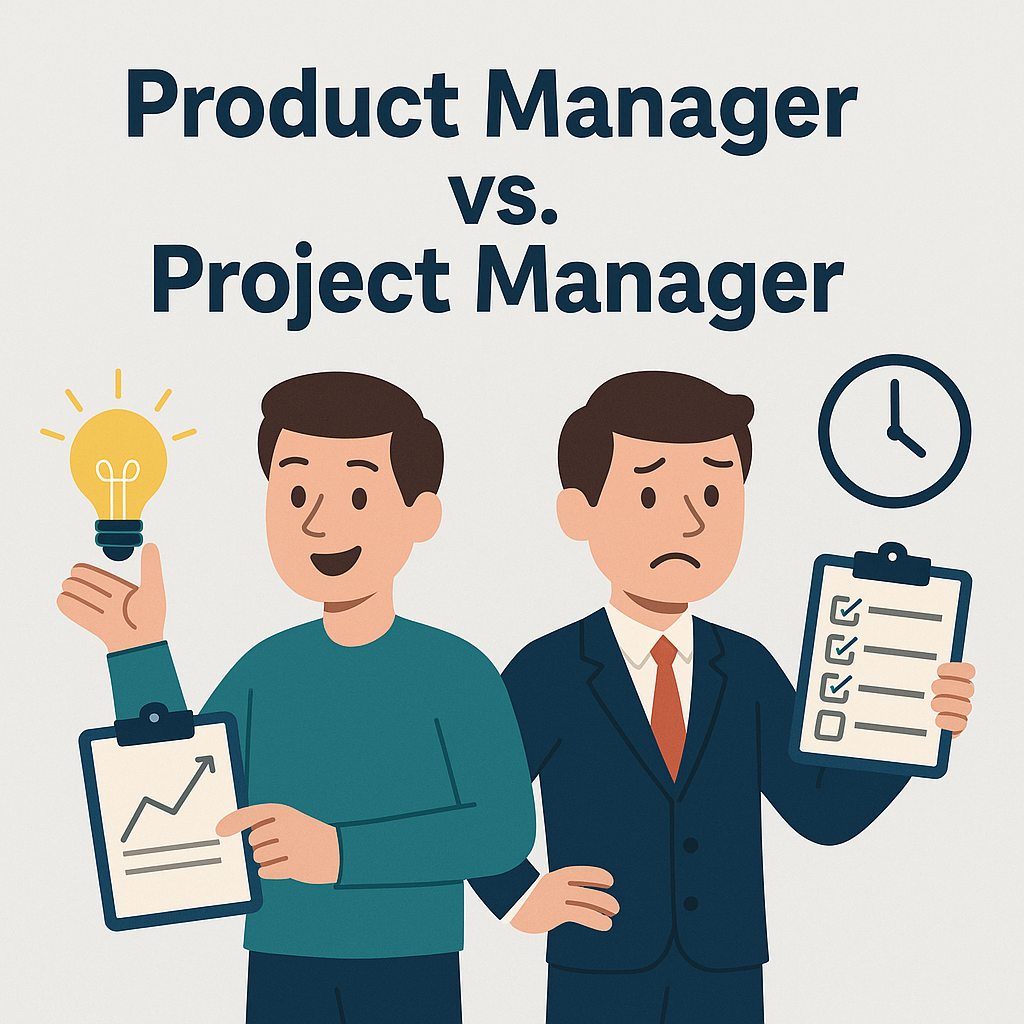
Image Credit: Medium
The Secret That Separates Product Managers from Project Managers
- Product managers focus on the 'what' and 'why', visionaries solving customer problems.
- Project managers focus on the 'how' and 'when', executing tasks efficiently.
- Product managers own the entire product success, while project managers handle specific projects.
- Product managers interact with external stakeholders, project managers with internal teams.
- Product managers require market research and strategic skills, project managers need planning expertise.
Read Full Article
4 Likes
Medium
382
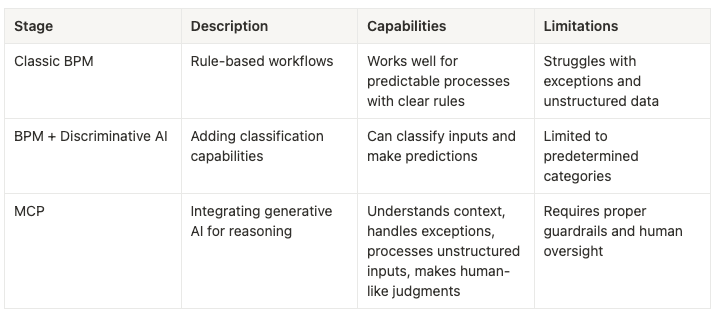
Image Credit: Medium
How to Transform Old BPM Workflows with a Brain: A Practical Guide to Understanding MCP
- Model Context Protocol (MCP) enhances traditional workflow approach by adding a 'brain' component.
- MCP benefits include improved operational efficiency, best practices for implementation, and adaptive workflows.
- MCP combines generative AI with BPM systems to enable reasoning, context-aware decision-making at scale.
- It transforms rigid processes into intelligent workflows, excelling in exception-heavy scenarios.
Read Full Article
22 Likes
Medium
233

How AI is Reshaping the Product Management Role
- AI is adding a new dynamic and complexity to the field of product management.
- While some fear that AI could replace PMs, the consensus seems to be that it will likely replace those who fail to adapt to its use.
- AI can speed up processes, provide clearer insights, and enhance decision-making, but human understanding and skills are still crucial.
- The future of product management will involve leveraging AI's capabilities while combining them with human empathy and critical thinking.
Read Full Article
14 Likes
Medium
394

Image Credit: Medium
Fixing Transformation Dysfunctions
- Critical considerations for instigating success in agile transformations.
- Leadership challenge often overlooks middle management roles in agile transitions.
- Importance of 'Leading Agility' workshops for agile team managers highlighted.
- Utilizing OKRs and Transformation Design Authority for successful organizational transformations.
- Importance of embracing change and adapting to the evolving agile landscape emphasized.
Read Full Article
23 Likes
Link In Bio
201

Image Credit: Link In Bio
10 storytelling tips from 10 years at Disney
- Jonathan Hurwitz shares storytelling tips based on 10 years at Disney, focusing on social media.
- Lessons include adding stakes, using shapes for emotion, and creating conflict for engagement.
- He emphasizes the importance of structure, themes, and full-circle narratives in storytelling.
- Hurwitz suggests bringing a brand's unique perspective to content creation for social media success.
- The article provides insights on applying Disney storytelling techniques to social media marketing strategies.
Read Full Article
11 Likes
Medium
339
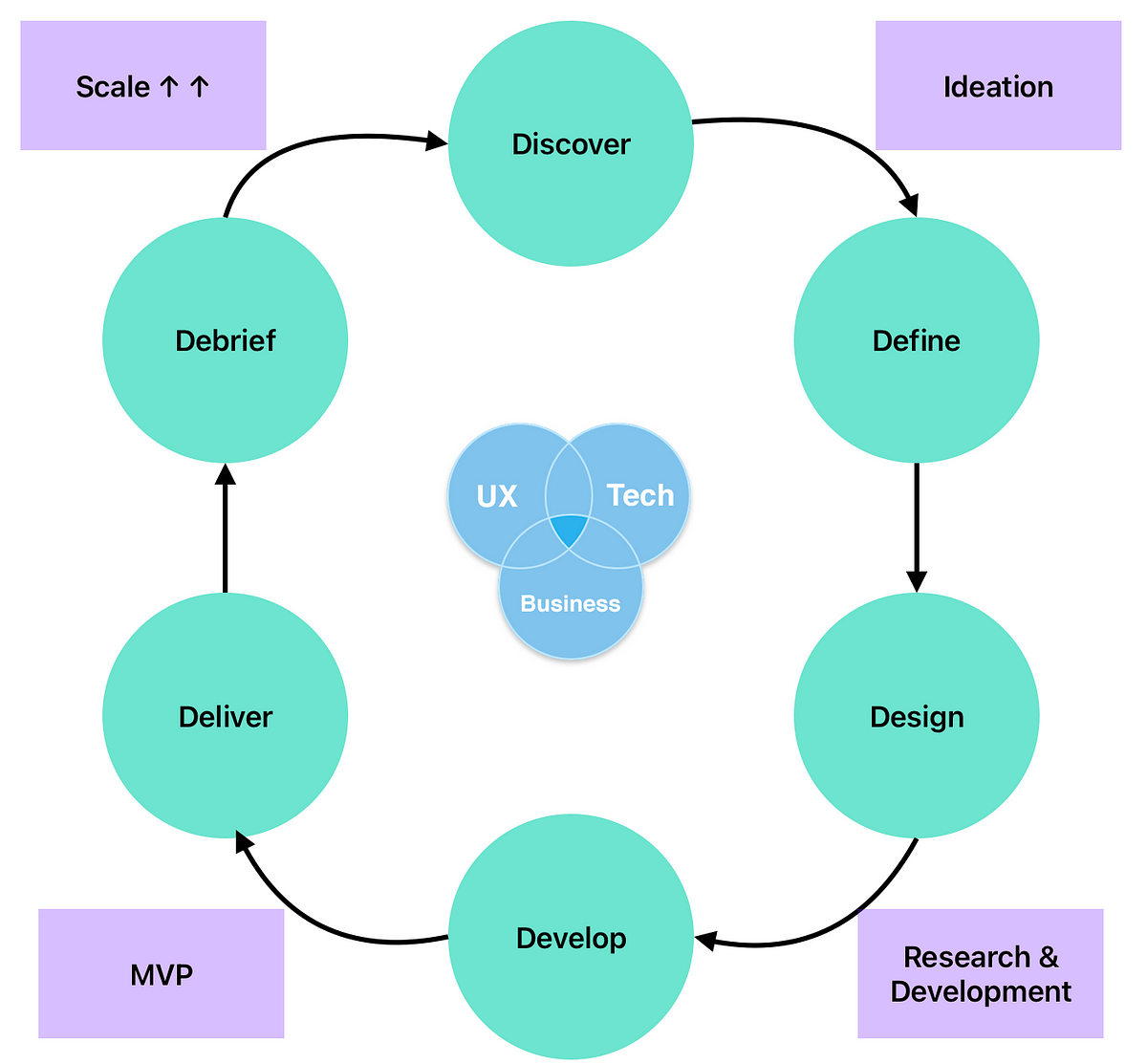
Image Credit: Medium
Product: Beyond Deadlines & Deliverables
- Product Management is about deciding what not to build and navigating the collision zone between different aspects.
- Product Managers leave behind clarity, vision, strategy, roadmap, backlog, and analytics as compasses for chaos.
- A product is never truly 'done' and the role of Product Managers is to build a system that can adapt to the future.
- Great Product Managers are not just focused on shipping products but on stewarding them.
Read Full Article
20 Likes
Medium
254

Image Credit: Medium
The Credit Innovation Gap: How BNPL Won by Solving What Banks Wouldn’t
- FICO incorporating BNPL data into credit scoring models signifies emergence of parallel credit.
- BNPL companies succeeded where traditional financial institutions failed due to customer-centric approach.
- BNPL's success stemmed from removing interest, offering structured payment plans, and optimizing payment structures.
Read Full Article
15 Likes
Medium
385

Image Credit: Medium
There’s an Agent for That? Not So Fast.
- The shift from apps to agents in production systems comes with challenges related to cost, trust, architecture, regulation, and business models.
- Multi-agent systems consume significantly more tokens than single-agent workflows, affecting the design and cost considerations.
- Real production systems often amplify existing infrastructure with agents rather than building from scratch to ensure reliability and efficiency.
- The focus on vertical, domain-heavy industries with complex needs like finance and compliance proves more successful for agents, highlighting the importance of explainability and audit trails.
Read Full Article
22 Likes
Medium
165

Image Credit: Medium
Beginner's Guide to Starting an Etsy Shop with Digital Products (2025 Edition)
- Selling digital downloads on Etsy has become a viable side hustle, even for beginners without design experience.
- Etsy remains a great platform in 2025 for selling digital products due to low overhead, passive income potential, easy entry with free tools like Canva, ChatGPT, and Midjourney, and access to a large audience of over 90 million active buyers.
Read Full Article
9 Likes
For uninterrupted reading, download the app